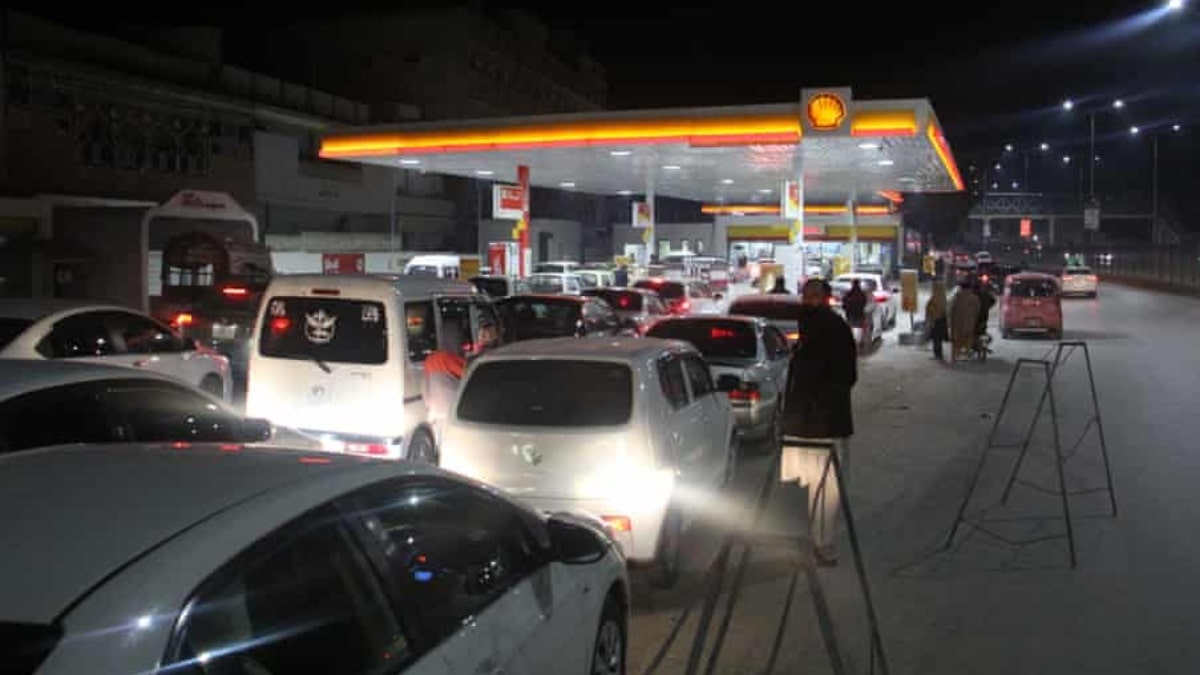Over 800,000 Pakistanis emigrated to other countries in quest of better economic opportunities last year. Millions of urban middle-class people have been forced to the edge of poverty due to skyrocketing inflation and the rupee’s 30% devaluation in 2022. Devastating floods have wreaked havoc on the rural poor.
In the past, Pakistan has consistently spent significantly more on imports than it has made in exports. Although it is a significant exporter of labour, the money that Pakistanis who work overseas send home is wasted on consumerism. They have no financial stake in business. Although it is a cotton-producing nation, the textile industry is still in its infancy.
In contrast to it’s neighbor India, promising IT activity has not yet given rise to a tech boom. Pakistan has one of the greatest rates of population growth in the world, with a third of its 230 million people under the age of 14, and employment creation is unable to keep up.
While expensive and unfunded fuel, water, and power subsidies have been given by successive governments, no funds have been allocated for quality education, access to healthcare, the development of alternative energy sources, or even a population control policy. One of the smallest tax bases in the entire globe. The sixth-largest military in the world puts an additional burden on the nation’s already constrained resources.
All this has culminated to give rise to this massive outflow of people. The people are escaping this country before the situation worses. And in 2023, the tendency doesn’t seem to be slowing down. According to the most recent data, approximately 200,000 people left within the year’s first three months. Whether or not Pakistan will be able to recover from this massive crisis remains to be seen.


